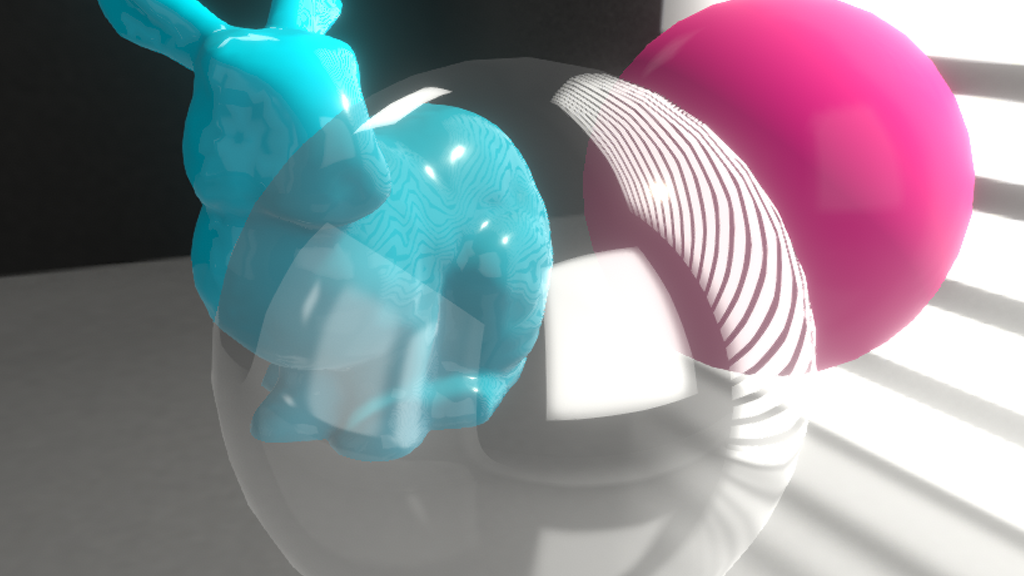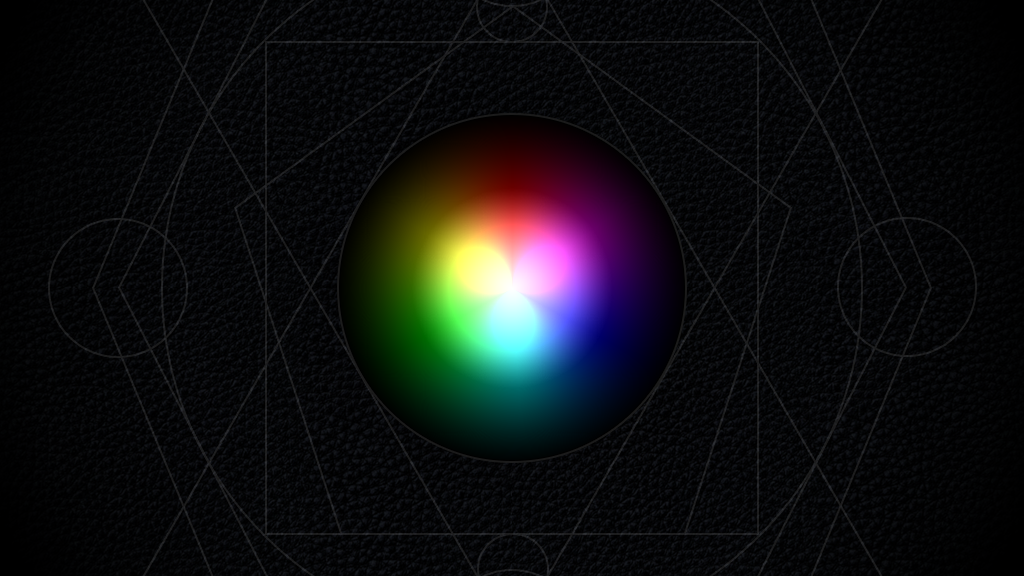Update: 3/17/21 Please note that the Camera.AddCommandBuffer API does not work with Unity’s ScriptableRenderPipelines. A somewhat analogous approach in URP is Renderer Features.
CommandBuffers have been around for a bit now, since Unity 5.0, anyway. But despite their age they seem to be lacking in real coverage around the development community. That is unfortunate, because they are extremely useful and not all that hard to understand. Consequently, they are also one of my favourite features of the engine.
So what are CommandBuffers, exactly? Well, it’s right there in the name. They are a list of rendering commands that you build up for later use: a buffer of commands. CommandBuffers operate under the concept of delayed execution, so when you call CommandBuffer.DrawRenderer, you aren’t actually drawing anything in that instant, but rather adding that command to a buffer to be executed later.
CommandBuffers can be used in a few different ways, attached to a Light or Camera at special events, or executed manually via the Graphics API. Each way serves a different purpose. For instance, if you only need to update a render target occasionally, perhaps based on an event or user input, you could execute it manually through Graphics.ExecuteCommandBuffer. Or maybe you need to update a render target every frame before you draw any Transparent geometry, you could attach the CommandBuffer to a Camera at CameraEvent.AfterForwardOpaque. If you are doing something like writing information into a shadow map, you’ll likely be attaching it to a Light via a LightEvent.
For convenience, I’ll be posting the complete code to the GitHub Project as I work through these tutorials. I’m currently using Unity 2018.1b4, the latest at the time that I started writing this.
Continue reading Adventures in CommandBuffers (An Epic) Pt. 1

